Five days a week, the Gypsum Association’s technical services department answers questions about the application, use, finishing, storage and handling of gypsum panels. The GA’s growing list of frequently asked questions on gypsum.org and the proliferation of technical videos on the GA’s YouTube channel has shifted the nature of questions the tech department receives. Fewer inquiries are received on cooler nails and acceptable joint tolerances in gypsum construction, for example, because answers to these questions are readily available on the GA website. Nonetheless, a variety of questions still fills the technical service’s inbox. Here are a few recent queries and their answers.
Is it Appropriate to Mix and Match Gypsum Boards?
In a generic system, mixing various manufacturers’ panels is acceptable, at least in theory. Keep in mind that systems are not tested with multiple proprietary panels. As a result, a major question emerges, namely, will any of the companies warranty their products in the resulting construction? Check with the manufacturers to determine acceptability prior to building a patchwork assembly.
While multiple manufacturers may have panels listed in a proprietary system, select products from a single company. Using more than one manufacturer’s panels in a proprietary assembly is unacceptable. The reasoning is related to the scenario above. The systems have only been tested with a single manufacturer’s product, not a combination of products.
Regardless of whether the system is generic or proprietary, mixing panels from different manufacturers is not recommended.
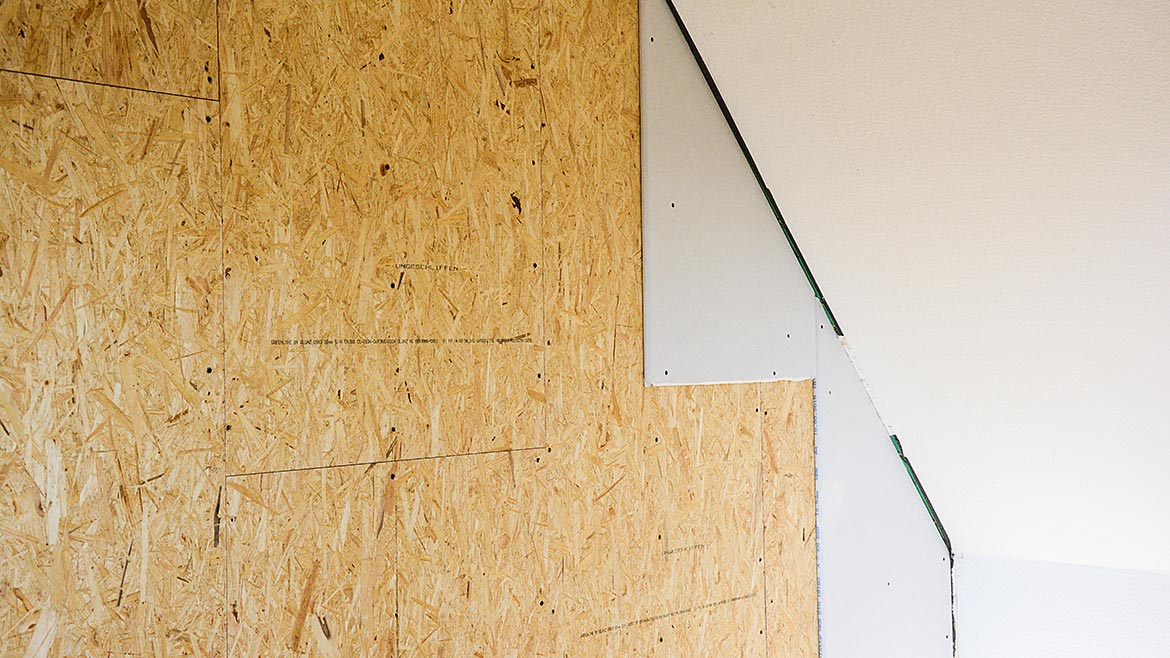
Image Credits: Gypsum Association
A System Specified For Use in My Project
Recently, the Gypsum Association learned that two code jurisdictions no longer accept some assemblies listed in the code-recognized GA-600. The rationale for this decision is that the testing agencies listed on those assemblies do not appear on an Occupational Safety and Health Administration list of Nationally Recognized Testing Laboratories. In each instance, language in the administrative section of the pertinent statewide building code references “NRTLs” but does not define the term.
While the GA recognizes that the authority having jurisdiction is the local building official, we believe that code officials are referencing the OSHA list in error. The OSHA NRTL Program is aimed at specific products and specific tests. OSHA has identified 37 products as requiring testing by one of the laboratories in its NRTL program. Gypsum panels and systems do not appear on that list of products. Moreover, the list of specific test standards OSHA identifies as applicable to its NRTL Program does not include standard tests for fire-resistant construction, most notably ASTM E119 (Standard Test Methods for Fire Tests of Building Constructions and Materials) or UL 263 (Standard Method of Fire Endurance Tests of Building Construction and Materials).
The mistaken application of OSHA NRTL Program requirements to construction assemblies disadvantages the public because it can limit both the number of systems and the brands of gypsum panels available for fire-rated construction. There are more than 700 systems in GA-600, many of which were not tested by the labs on the OSHA NRTL list.
The GA recommends that you download its position paper Nationally Recognized Testing Laboratories and submit it to the code official rejecting the specified system. The short read makes clear that the OSHA program does not include construction assemblies and is not applicable to any of the systems listed in the code-recognized GA-600.
How Can I Identify a System With a Sound Transmission Class Rating of 50?
STC ratings are easy to find for assemblies published in GA-600. Consult the Index to Systems by STC Rating, which is found on page 38 of GA-600-2021. Are you using an older GA-600? The Index to Systems by STC Rating has been a feature of the manual since the 16th edition was published in 2000. This index is essential, given the role acoustics currently play in the International Residential Code, the International Construction Code and the International Green Construction Code.
Where Can I Locate Shear Values for Gypsum Wallboards?
Shear values associated with various thicknesses of gypsum wallboard can be found in GA-229 (Shear Values for Screw Application of Gypsum Board on Walls), which contains a table on shear values. Tests conducted in accordance with ASTM E72 (Standard Test Methods of Conducting Strength Tests of Panels for Building Construction) determine average ultimate shear values of gypsum panels with various thicknesses, orientations and screw spacing.
.jpg)
How is Tile-installed on Gypsum panels?
Importantly, select an appropriate substrate based on the conditions of application. Wallboard can receive tile in dry areas, which the Tile Council of North America’s Handbook defines as, “tile surfaces which will not be exposed to moisture or liquid, except for cleaning purposes.” In wet areas, coated glass mat water-resistant gypsum back panels, manufactured in accordance with ASTM C1178, is the TCNA’s recommended substrate for tile and is allowable for floors, ceilings and walls.
Installation details are found in GA-216 (Application and Finishing of Gypsum Panel Products). Consult Section 14 – Application of Gypsum Panel Products to Receive Adhesively Applied Ceramic or Plastic Wall Tile or Plastic Finished Wall Panels for guidance on installation around tubs and showers, installation on wood and steel framing, appropriate vapor barriers, etc. Additional supplemental information is contained in Appendix A.2. Important instructions in the appendix include a caution against skim coating with joint compound on surfaces to receive tile and guidance on use of a water-resistant flexible sealant to create a water-repellent barrier where water-resistant gypsum panel products have been cut and the gypsum core is exposed, among many other details.
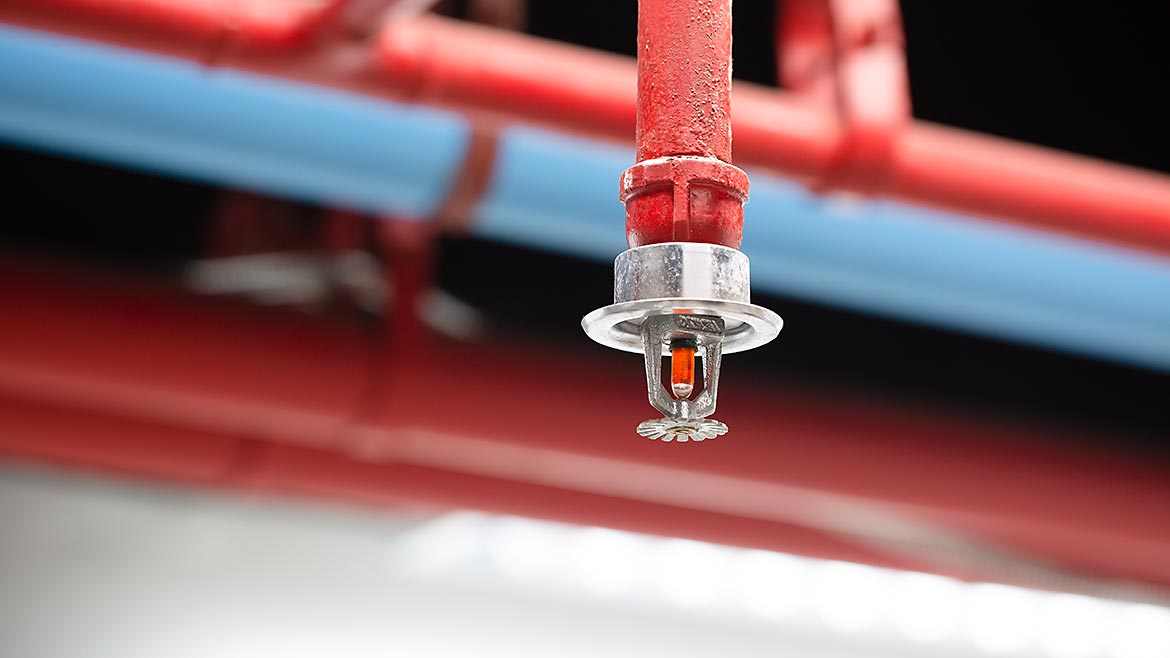
Can I add OSB to a Generic Fire-rated Gypsum Panel System?
Like so many other questions, this one can be answered by referencing General Explanatory Notes: Fire Performance of Systems. Note 26 of this section, entitled “Addition of Other Panels,” allows for the addition of “cementitious backer units and/or wood structural panels.” OSB is considered a wood structural panel. The addition of OSB is permitted as a base layer, as a face layer or in between layers of gypsum panels in multi-layer systems.
The GA is happy to answer technical questions related to gypsum panels. The best way to contact us is email info@gypsum.org or use the Technical Assistance Submittal Form. If your question is specific to a proprietary product, contact the manufacturer directly. GA member companies provide excellent technical assistance.



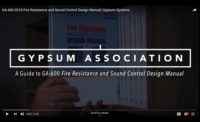
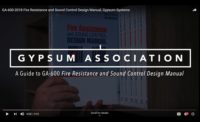
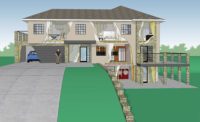
Report Abusive Comment